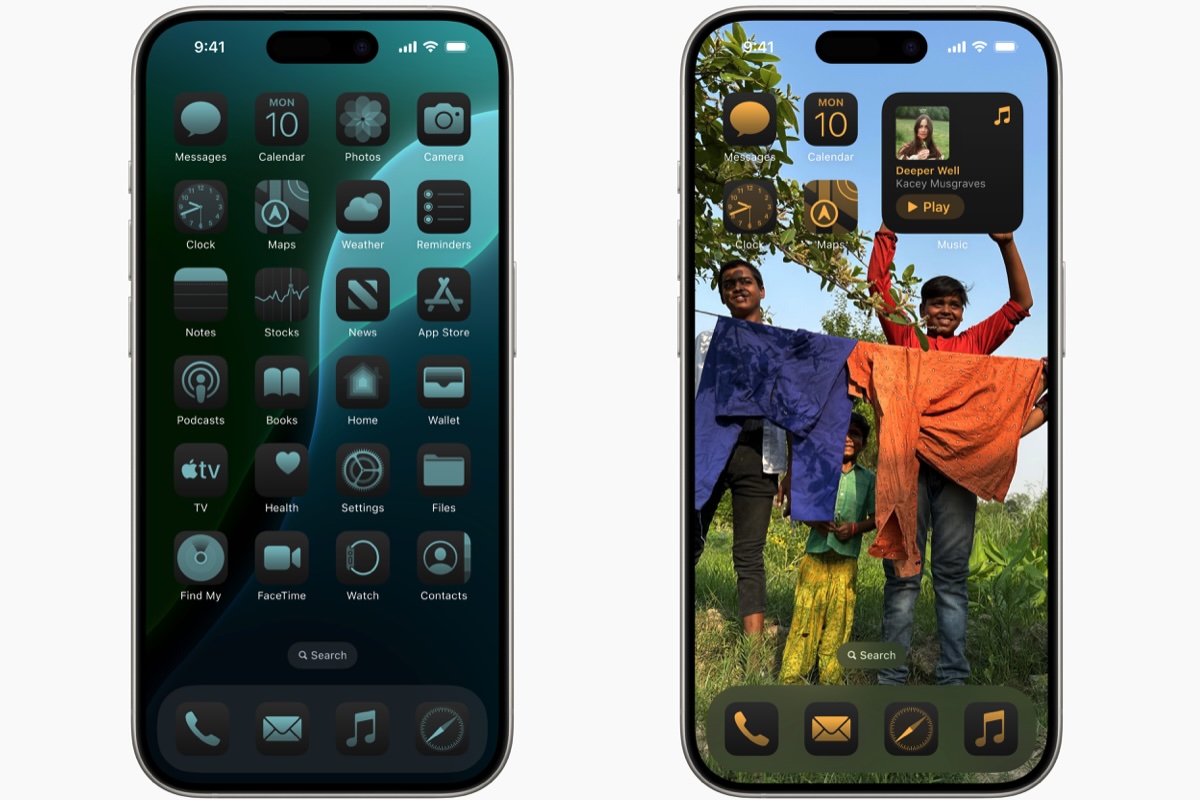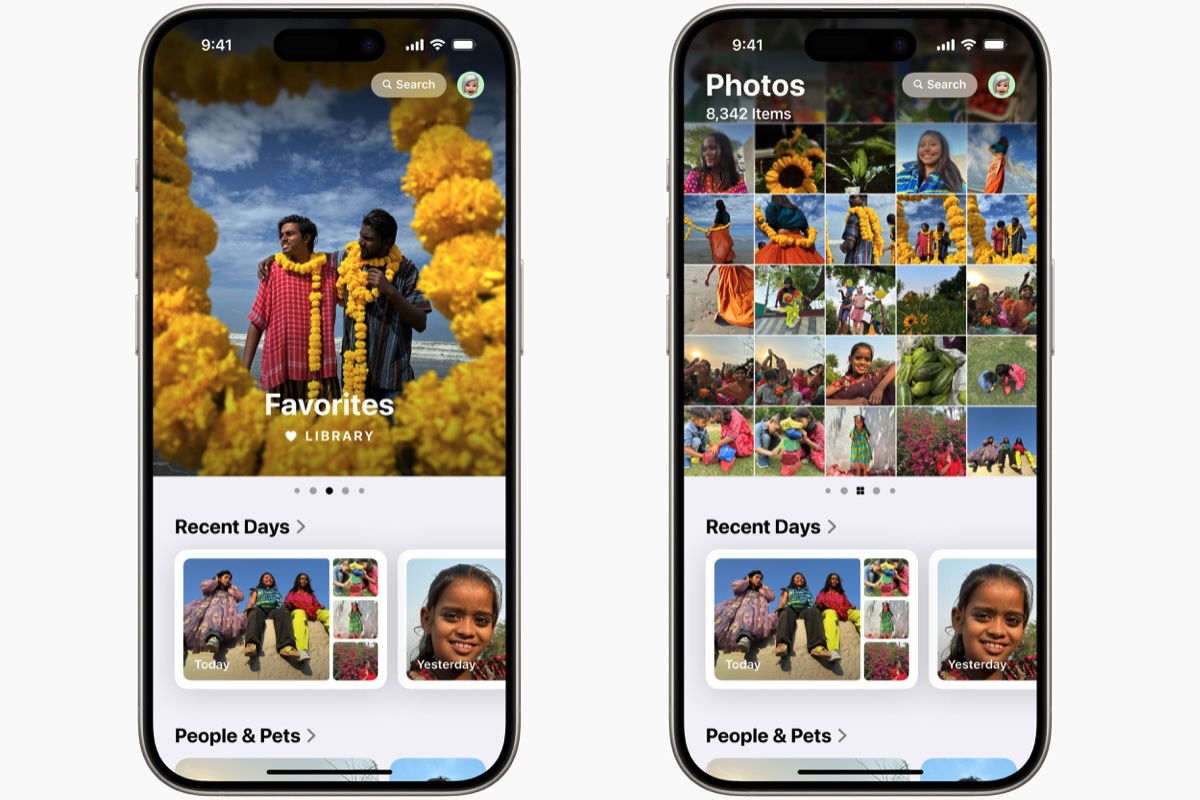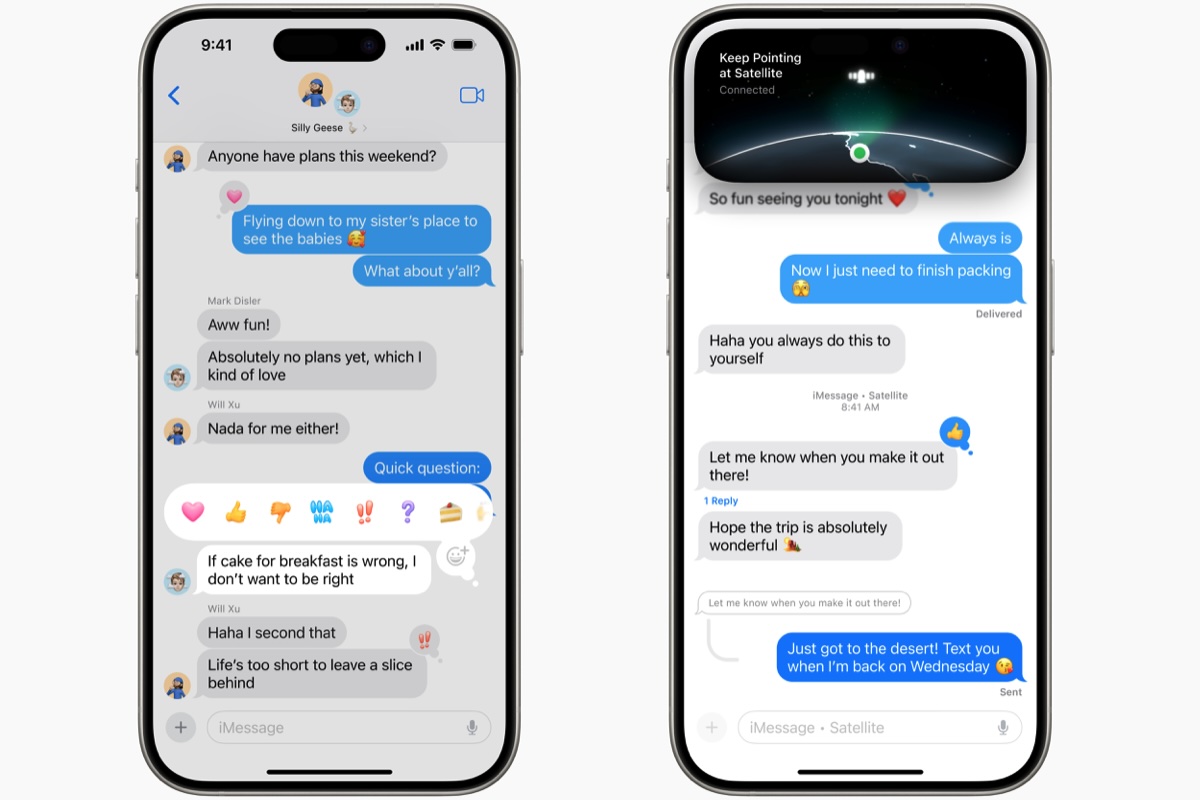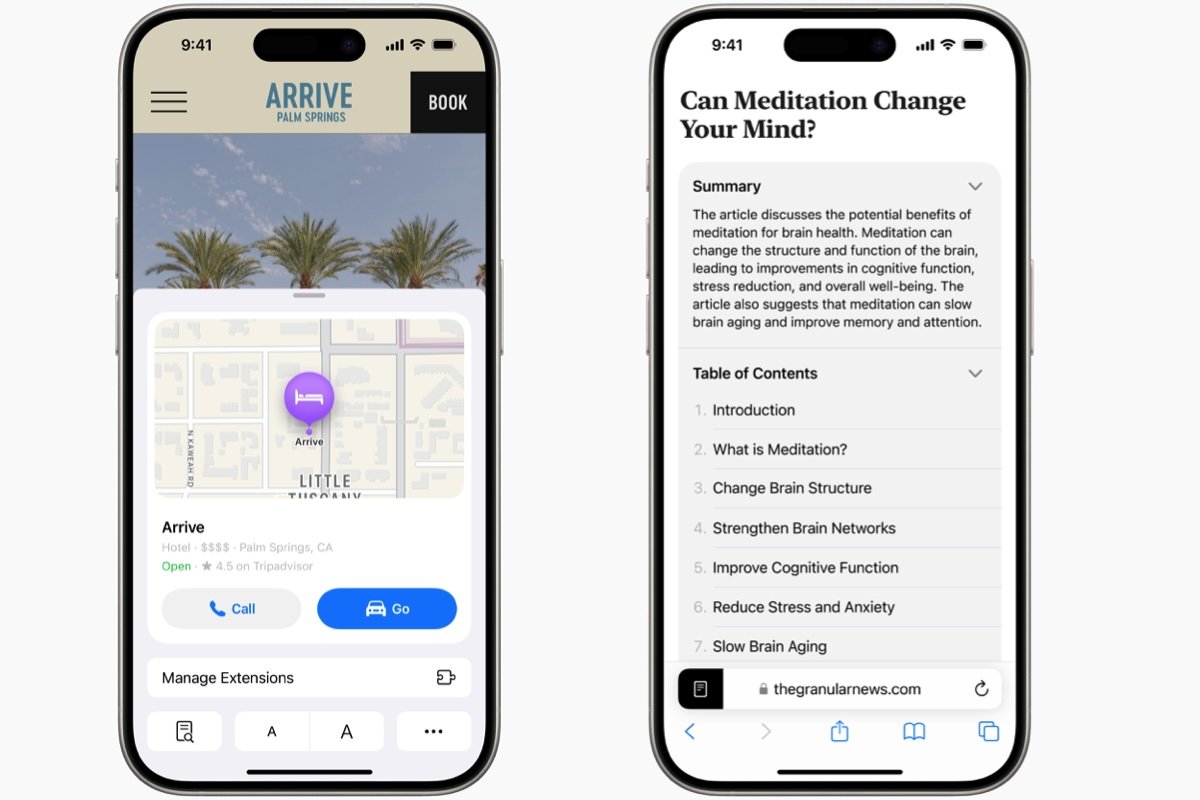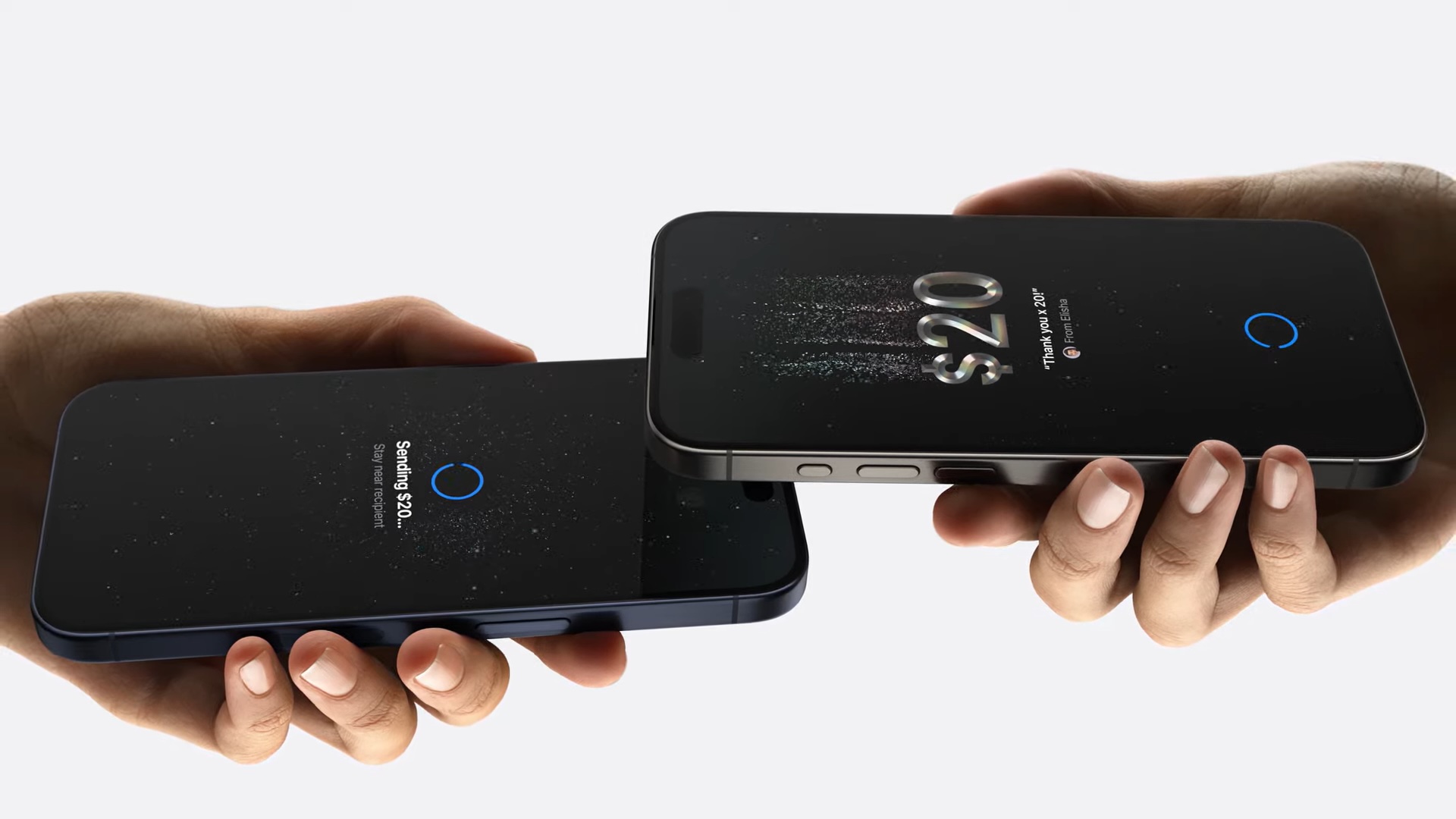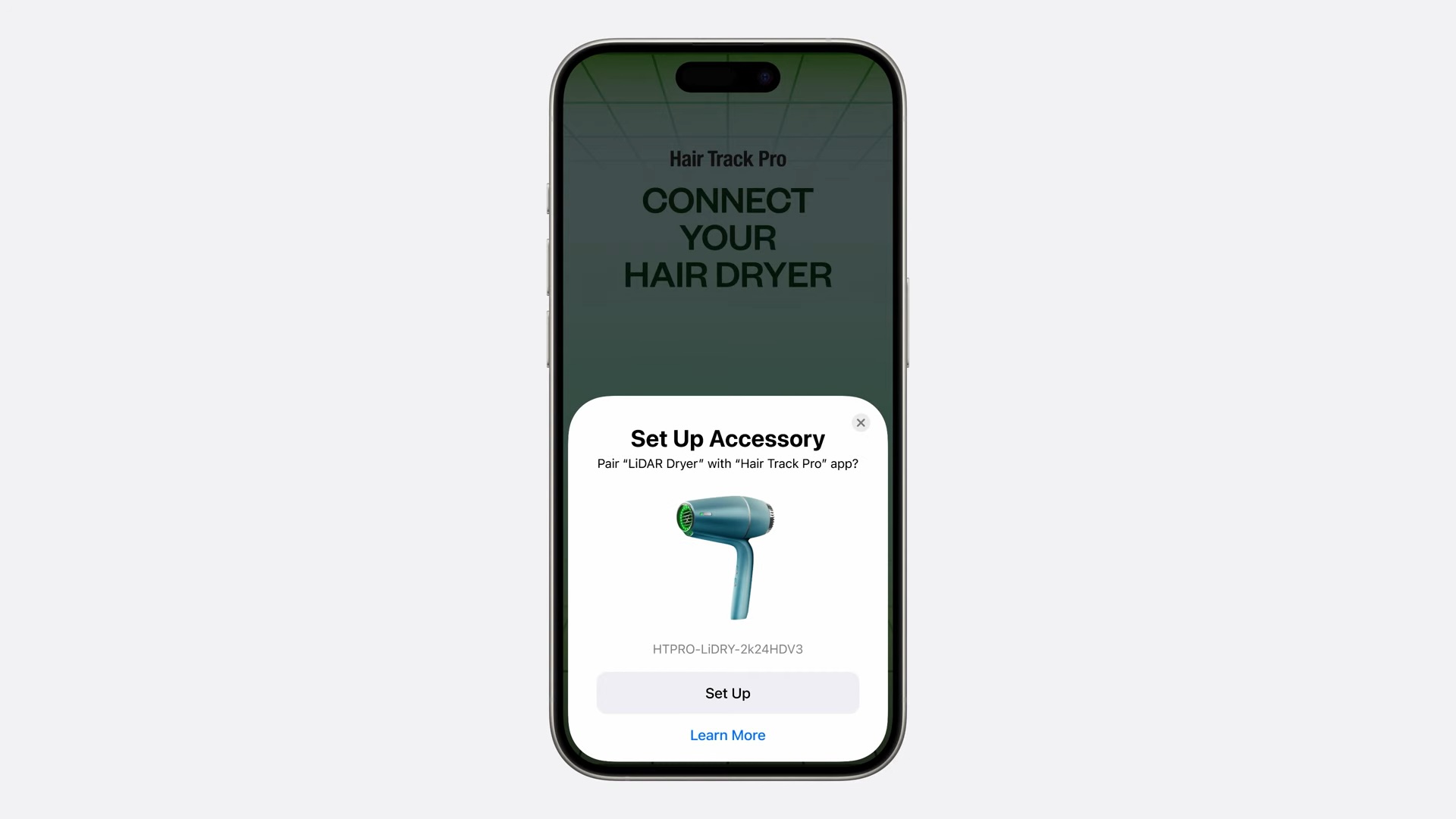As Apple gears up to launch new iPhones later in 2024 there’s another iPhone update coming to all iPhones from the iPhone XR up: iOS 18.
At the WWDC 2024 keynote on June 10, Apple unveiled the new features coming in iOS 18. Among them are a redesigned Photos app, new ways to customize your Home screen and wallpaper, new Messages reactions, privacy-related features and dozens of other smaller changes.
This free software update will bring a raft of interface tweaks, bug fixes, and new features. It’s like getting a new iPhone without paying a penny. In this article, we discuss everything you need to know about iOS 18.
The developer beta will be released on June 10 and we will discuss the latest versions of the beta and how to get your hands on that below and in separate articles. We will also explain when the final version of iOS 18 will come out, how to get it when it does, the models of iPhone that will be able to run iOS 18, and the features that will be added in the new OS.
iOS 18 release date
iOS 18 is likely to arrive in the week of Monday, September 16, 2024, although Apple is yet to confirm the release date.
In 2023 iOS 17 arrived on Monday, September 18, 2023 so we expect a similar timing for 2024.
Over the past several years, the release of the new version of iOS has been fairly consistent:
- iOS 17: Monday, September 18, 2023
- iOS 16: Monday, September 12, 2022
- iOS 15: Monday, September 20, 2021
- iOS 14: Wednesday, September 16, 2020
- iOS 13: Thursday, September 19, 2019
- iOS 12: Monday, September 17, 2018
Once the final release comes out, installing iOS 18 will be a breeze. Open the Settings app on your iPhone and go to General > Software Update; iOS will check for any available updates and guide you through the process of installing them. You simply have to follow the instructions, which we explain in our iOS updating guide. And it’s easier still if you’ve turned on Automatic Updates, which you can do from the same screen.
iOS 18 beta release date
Apple began the beta program soon after it revealed the details of iOS 18 at WWDC. The developer beta is available for anyone who wants to run the beta, but it should be noted that this early beta is very likely to be buggy, so we don’t recommend installing it on a primary device. Read: How to install the iOS beta on your iPhone.
Apple will release a public beta in July that will be a little more polished than the developer beta, but still likely to be buggy as it is pre-release software. In 2023 Apple Apple released the first public beta of iOS 17 on July 12.
The beta testing will continue even after Apple releases iOS 18 to the general public as Apple develops new features not available at launch.
If you’d like to join the beta for the next version of iOS read this: How to join Apple’s beta program and try out new software. If you want to remove the beta from your device read this: How to remove an iOS beta from your iPhone.
How to install the iOS beta
If you want to install a developer beta, you need, unsurprisingly, to be a registered Apple software developer, which has both free and paid ($99/£79) versions. Since June 2023 Apple has opened the beta to all registered developers–so everyone can get the earliest possible access to the iOS 16 beta. To sign up for an account and install the developer beta you need only follow these steps:
- Download the Apple Developer App from the App Store.
- Open the app and click on Account.
- Tap on Sign In and sign in using your usual Apple ID.
Once you are logged in you should see the beta in General > Software Update > Beta Updates. You need to be running iOS 16.5 or later for this to work. We cover this process in more detail in our How to get the iOS beta article.
Our advice is that rather than installing the developer beta you should install the public beta to avoid too many complications.
Read How to join Apple’s beta program for more advice.
iOS 18 compatibility: Which iPhones will be able to run iOS 18?
The following iPhones get support for iOS 18, the same lineup as iOS 17.
- iPhone 15, iPhone 15 Plus, Pro, Pro Max
- iPhone 14, iPhone 14 Plus, Pro, Pro Max
- iPhone 13, iPhone 13 mini, Pro, Pro Max
- iPhone 12, iPhone 12 mini, Pro, Pro Max
- iPhone 11, iPhone 11 Pro, Pro Max
- iPhone XS, iPhone XS Max
- iPhone XR
- iPhone SE (2nd gen or later)
It’s likely that some of the coolest new features will not be supported on the older phones, because they lack the hardware necessary (a powerful enough Neural Engine or GPU to run AI stuff, or enough RAM). This is typical of new iOS releases. In 2022, for example, the iPhone 8 and iPhone X missed out on a bunch of cool stuff due to their older processor.
The hardware requirements were expected to be steep for the AI-related features—iPhone 15 Pro or later.
iOS 17 did not support iPhone 8 or the iPhone X which came out in 2017 but since those phones are able to run iOS 16 though, they will continue to get support through security updates for at least another year.
Phones that are not able to run iOS 18 and iOS 17 will get security updates. Generally, Apple has provided software updates for the past two versions of iOS. See: How long does Apple support iPhones.
iOS 18: New features
There were many new features in iOS 17 including a new app called Journal, Live Voicemail, and a new way to use Stickers, among dozens of other smaller changes. Rumors suggested that iOS 18 would be “one of the biggest iOS updates — if not the biggest — in the company’s history.” It was expected that Apple would showcase some major new AI features. The hardware requirements are expected to be steep—iPhone 15 Pro or later.
Not all the new features will be available at launch. Some features, such as the new categories in Mail, will come “later this year” in a subsequent software update.
Customization
There will be a more customizable Home Screen, Lock Screen, and Control Center in iOS 18.
Several reports had claimed that Apple would allow greater personalization of the Home screen, including allowing users to place icons anywhere on the grid, allowing spaces between them. Currently, icons can be reordered or put into folders, but always fill the screen from left to right and top to bottom.
In iOS 18 users will be able to arrange apps and widgets anywhere on the Home Screen, including right above the dock or framing a wallpaper. It will even be possible to change the lock screen icons or remove them.
In addition, App icons and widgets can have a dark or tinted effect to blend in.
This “put icons wherever you want” feature is something we’ve wanted from Apple for many years, and has been a staple of many Android phones seemingly forever.
The Control Centre is getting a redesign to give easier access to a user’s most-utilized controls. Users will also be able to add controls from supported third-party apps into Control Center.
Apple
Photos
New features in Photos will help users find their photos and keep big libraries organized. It’s the biggest redesign of Photos ever and is intended to help users find photos fast. It will be simplified but still familiar, according to Apple and will include a new Unified View, new Collections, and customization features.
Users will be able to filter out clutter to narrow down to specific types of content. It will be possible to browse by topics, time, people, memories, trips, Recent Days and People and Pets.
A new carousel view will present highlights that update each day – featuring favorite people, pets, and places.
Apple
Messages
Messages will gain new ways to express yourself. Expect improvements to text formatting and fun new text effects. Tapbacks are getting redesigned and will let you tap back with any emoji or sticker. You’ll also be able to amplify and animate letters, word, phrases, and emoji, and add formatting like bold, underline, italics, and strikethrough.
You will also be able to schedule a message to send later.
Messages will also support RCS for more reliable group messaging with those who do not have an Apple device.
Apple is also making it possible to send Messages via Satellite so you can text when off the grid from Messages app. iMessages sent over satellite are encrypted.
Apple
Mail will help you manage incoming email better with new on-device categorization. As email arrives it will be sorted into Primary (personal and time-sensitive), Transactions (confirmations and receipts), Updates (news and social notifications), and Promotions (marketing and coupons).
A new Digest will pull together all relevant emails from a business, so for example, it could bring all flight information together.
The Mail Categorization features will be available later this year.
Safari
A new Highlights feature is designed to make it easier to discover information on the web.
A redesigned Reader experience will use machine learning to surface key information on a webpage so that users can review a summary to get the gist of an article. A table of contents will be included for longer articles
Apple says users will also be able to quickly see the location of a restaurant, hotel, or landmark; or listen to an artist’s track right from an article about the song or album.
Apple
Wallet & Wallet
There will be new ways to pay with Apple Pay. Users can send and receive Apple Cash by holding two iPhones together: Tap to Cash will let you share cash without exchanging email or number.
Tickets in Apple Wallet including key event information like an event guide with info about the venue, and a recommended Apple Music playlists
Apple
Other app updates:
- Journal – New features to help you keep track of goals, Insights view, calendar, writing streak, and actually search.
- Maps – New topographic maps with trails (US national parks only).
- Game Mode – Will minimize background activity for the best frame rates.
- Notes app – formulas and equations entered while typing will be solved
- Calendar – incorporates tasks from Reminders
- Health app – Medical ID redesigned
- Emergency SOS Live Video
- Home app – guest access
- Accessibility – Eye Tracking
Prior to WWDC the following updates were rumored:
- Calculator – An all-new calculator app with history sidebar, conversions, and iPad support.
- Fitness – This has been rumored to get an overhaul but no specifics have been mentioned.
- Freeform – A new “scenes” feature will let users quickly get to specific areas of a whiteboard.
- Health – This has been rumored to get an overhaul but no specifics have been mentioned.
- Music – A new gen-AI feature to create custom playlists. Smart Song Transitions. Passthrough (related to Spatial audio).
- Pages, Numbers, Keynote – Apple’s iWork suite is supposed to get gen-AI features to help make slides, write faster, and so on.
- Safari – A “web eraser” to persistently remove parts of web pages, and a new quick-access menu.
- Shortcuts – New capabilities to create more powerful Shortcuts, perhaps even using AI to help create Shortcuts that do the tasks you want them to.
- Voice Memos – Real-time transcription of recordings and AI-enhanced auto-summary.
Privacy features
iOS 18 will improve privacy. You will be able to control who can see your apps, which contacts you share with that app, and which accessories apps can connect to.
You can also control whether others can view your apps on your iPhone by locking an app so it won’t open without Face ID or a passcode. A new locked hidden apps folder is also coming with iOS 18.
Developers will have a way to seamlessly connect third-party accessories with iPhone without letting an app see all the other devices on a user’s network.
Apple
Apple Intelligence
Apple’s new artificial intelligence system is coming to iPhone, Mac and iPad with iOS 18, macOS Sequoia and iPadOS 18. Apple Intelligence will only be supported by iPhone 15 Pro and iPhone 15 Pro Max though.
The hardware requirements are steep—iPhone 15 Pro or later. iPads will need at least an M1 chip or later as will Macs. Apple Intelligence features will mostly be processed on the device, which is different from other platforms where AI processing is done in the cloud. But Apple Intelligence will be able to determine if cloud processing is needed and will use it when appropriate.
Apple Intelligence features include the following:
Writing – Apple Intelligence will help users enhance their writing and communications. Writing Tools are built in systemwide that will offer to rewrite, proofread, and summarize text in writing focused apps such as Mail, Notes, Pages, and third-party apps.
Images – New image capabilities will also come to M-series Macs. In Image Playground users will be able to create images in three styles: Animation, Illustration, or Sketch.
Photos – A new Memories in Photos feature will create a video from photos and videos based on a description provided by the user. Apple Intelligence will pick out the photos and videos, develop a storyline based on the photos, and arrange them into a movie. In addition, a new Clean Up tool will identify and remove unwanted objects from the background of a photo.
Siri
Siri is also getting some AI updates and ChatGPT is to be integrated into Siri. Because some queries will be handled off-device Apple is introducing Private Cloud Compute so that when data is sent to server-based models for processing it is not stored or made accessible to Apple.
One of the simplest changes to Siri is that it will be easier to type to Siri rather than having to speak to the on-device assistant. Apple may have finally twigged that people don’t always want to talk to their phones.
The new Siri is said to be more “conversational” and natural, with features that “help users in their day-to-day lives.”
A new smart responses framework will help Siri take into account your own personal details in its replies: like people, companies, calendar events, locations, dates, and more.
Later this year, Siri is said to get cross-device media control. So you can talk to Siri on one of your devices to control media playback on another.
In an update scheduled for early 2025, Siri is said to gain the ability to control nearly any app, with hundreds of possible commands. This feature will start off with single commands for Apple’s own apps and grow to include third-party apps and commands with multiple steps.
New accessibility features
According to MacRumors, Apple is planning several new accessibility features for iOS 18, including Adaptive Voice Shortcuts, which will let users turn on or off specific accessibility features using a custom phrase, and Live Speech, which lets users type what they want to say and have it read out loud on phone calls or video meetings, will get the ability to add saved phrases to categories.
The report also lists five macOS apps that will get support for custom font sizes, though since font sizes work differently in iOS, this feature may be limited to macOS.
Source : Macworld



